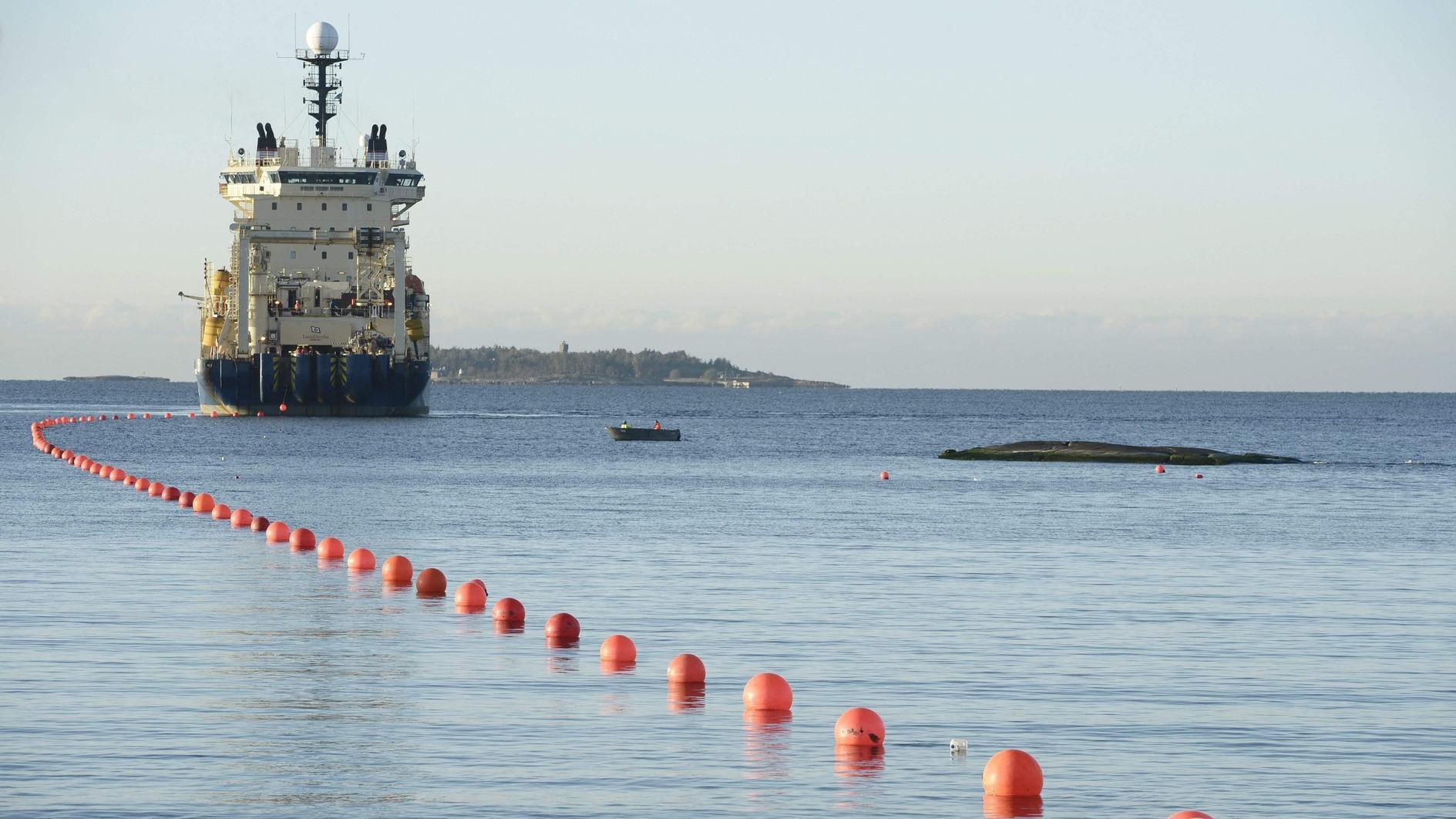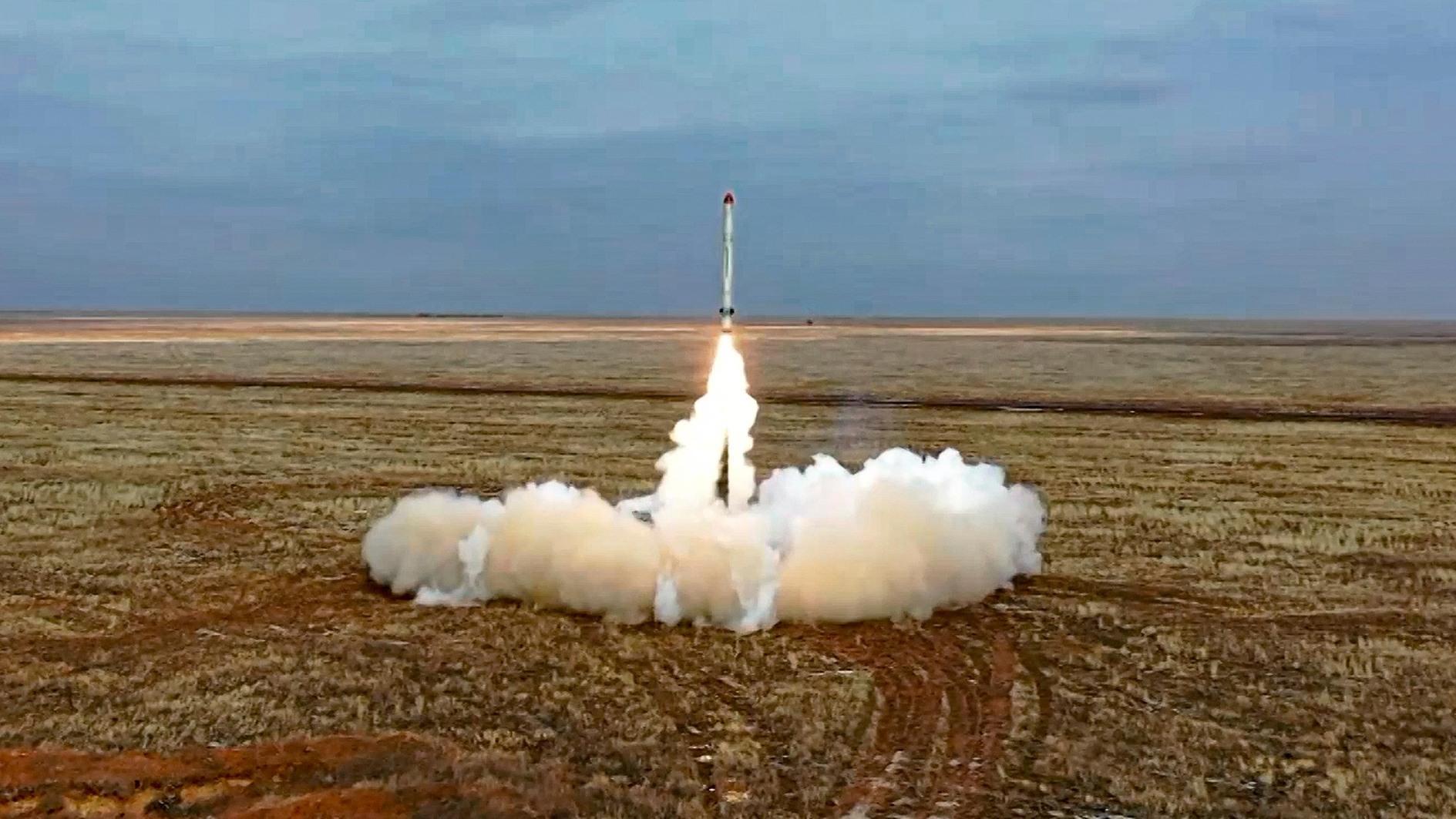Turkey’s part-time protesters
The massive protests in Turkey over the last ten days have been using social media extensively. In about 24 hours starting from 4 p.m. last Friday, the number of tweets sent was about 2 million, 88 percent of which were in Turkish. Ninety percent of them came from inside the country. This number was at about 30 percent in the case of the Egyptian Revolution. About 50 percent of tweets originated from Istanbul, close to the site of protesting. So says a report of the New York University’s Social Media and Political Participation (SMaPP) Laboratory. Extensive social media use is characteristic of all latter day protests around the globe from Occupy Wall Street to the Tahrir Square. Taksim Square was no exception. There is nothing unusual so far. Modern day protests lead to extensive social media coverage, ranging from 140-character messages to photos and videos. What sets Turkey apart however, is the emergence of the “part time protester.” They started everything at the end of May 2013. Let me tell you what I have been able to discern.
Demonstrations are not something new to Turkey. Workers on June 15-16, 1970, took to the streets of Istanbul over poor working conditions. In June 1, 2013, however, it was the young urban professionals who were out. Times are changing. Turkey is changing. The country is now plugged into global trends.
In the 1970s and the early 1980s, Turkey was a sleepy agrarian country not much connected to the world. Then started the Turkish economic aperture in the early 1980s. At the time, total exports of the country were around $3 billion, 90 percent of which were agriculture products. In 2010, this had increased to $135 billion, 90 percent of which is now made up of industrial products. Turkey is more connected to the world and has become a mid-tech industrial society. The urban elite, who are a by-product of this economic and social transformation, took to the streets 10 days ago. They are the ones turning Istanbul into a 24-hour city, working during the day, partying at night. For the vast majority of them, this is their first political experience. Like it or not, these people are part and parcel of the economic and structural transformation process. Want to see Turkey as an economic powerhouse in the region? Let me give you a secret: You just need more of these young skilled urbanized protesters. This is connectivity to you. Being connected to the globe makes you realize that there is something wrong in your country. What have they learned? Efficient public service provision is not a gift but an obligation of the guys who are running for office. They are not there to give you orders, they are there to take your orders.
We heard the urbanized elite booing the president and the prime minister in a number of expensive sports activities, but we have never actually seen them on the streets before. And now they are out there and they seem to be angry and defiant. They are considered to be self-centered, but look what happened. They took to the streets over the fate of a small park at the center of the Taksim Square.
For all the political lessons, I should say that protesting hurts the country when it turns into a habit.
Last week I noted that I saw two trends in our region: democratization and sectarianization. I said that Turkey stands for the first, Iran for the second. These are testing times for that proposition. Let’s see which path the Turkish leadership is going to take: Democratization or sectarianization.











